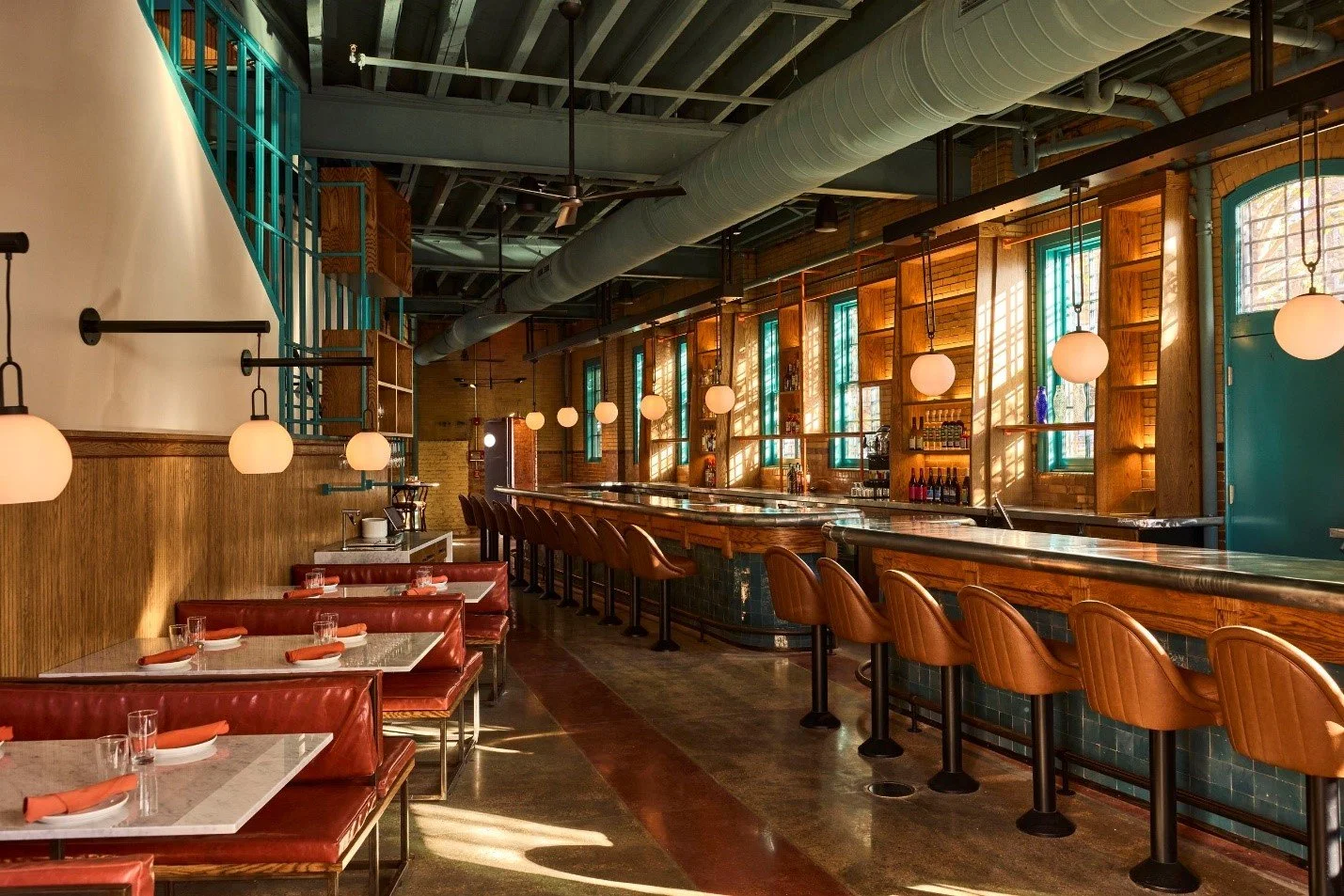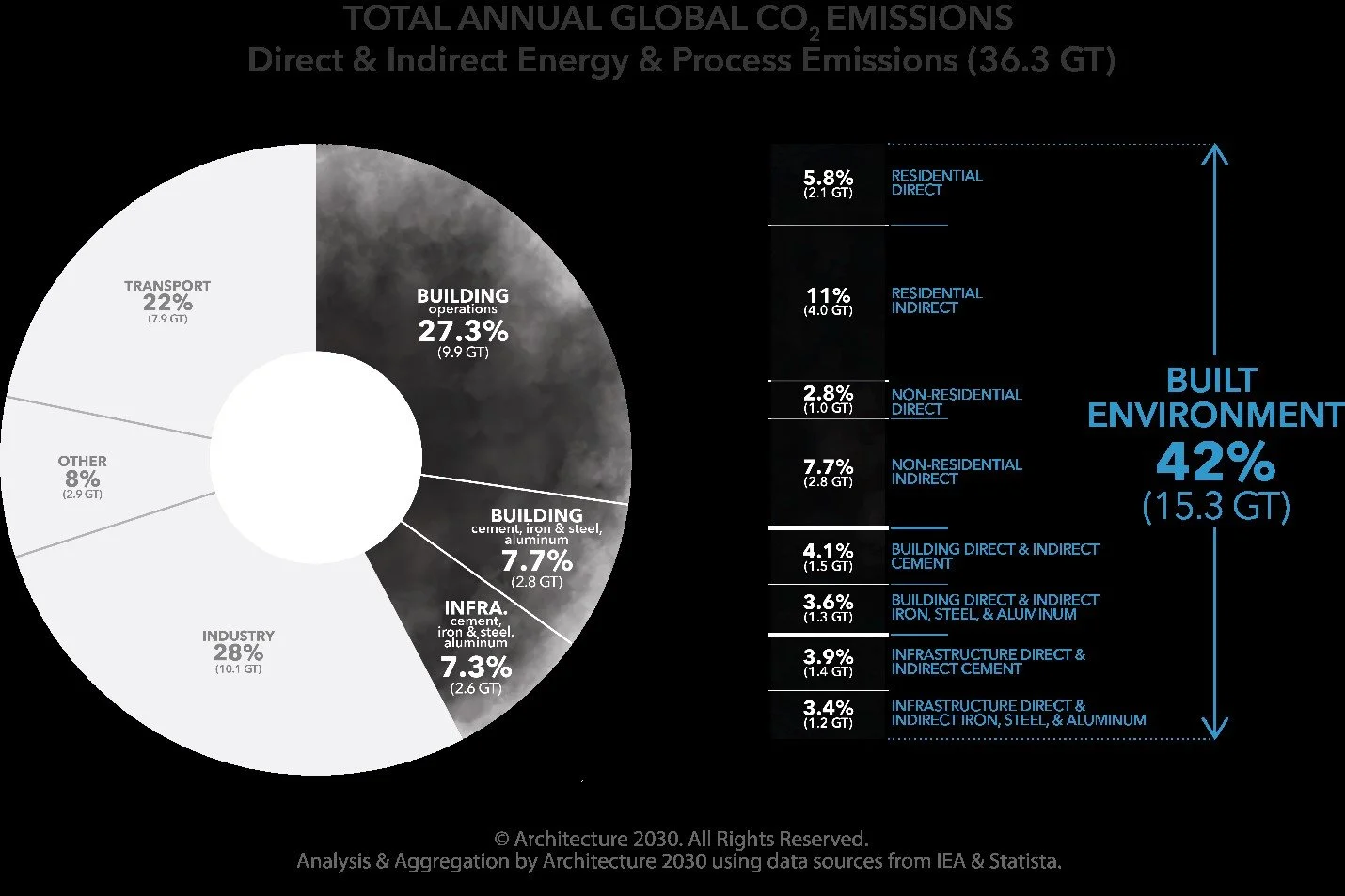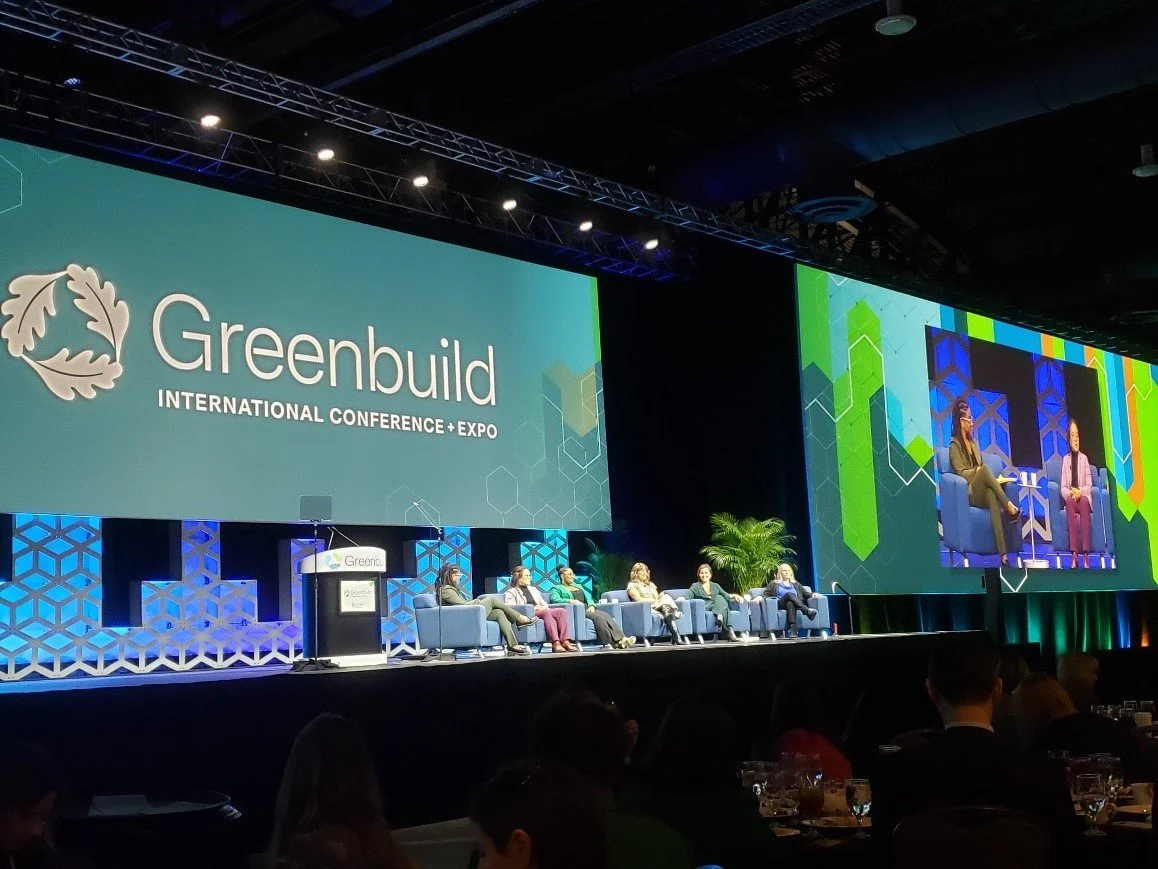Greenbuild International Conference & Expo | PhiusCon 2024
This past November, I attended the 2024 Greenbuild International Conference & Expo in Philadelphia with Julie. Being my first time in Philly, I was excited to venture out into the city. (And of course, The Roots were in heavy rotation in the days leading up to it.)
The sights and sounds of the elevated train line bordering Fishtown brought me back to living in Chicago. I had the unique experience of dining with a friend in a renovated, triangular-shaped historic firehouse. It was also a packed three days’ worth of sessions and exploring products on expo floor. I’ll share some of the knowledge gained, and how I plan to apply it to our design process at HKP.
The Olde Kensington Engine #15 Firehouse, constructed in 1926 and decommissioned in 1971, was designed by John Molitor (Philadelphia City Architect 1923-1928) in the Romanesque revival style. Photo: jaffabarphilly.com
The underlying purpose of this annual conference is to bring multiple different design and construction disciplines together to share strategies on reigning in the carbon emissions related to building construction. According to Architecture 2030, the built environment is responsible for roughly 42% of annual global CO2 emissions, underscoring the importance of this focused effort.
I will admit, however, I’m sometimes conflicted by a perceived skew toward new buildings and emerging technologies, knowing that they are not always accessible to many. Hoping to innovate our way out of the climate crisis is persuasive, but can also blind us to more immediate action. It’s easy to think that some revolutionary solution is just around the corner, or that better decisions by those in positions of greater wealth or power are coming, while we continue business as usual. But we don’t need to wait. Individual actions can have outsized impact when they are meaningful to those around you.
In one of the sessions, we were told that the purchasing power we have as specifiers and design professionals is roughly 40x the average consumer. HKP takes these responsibilities seriously. We track the environmental, social, and equity impacts of the materials we specify. We look at materials and systems that do not deplete our environmental resources, that have reduced carbon or carbon sequestering properties, and designs that are resistant to fire, flood, drought, and other climate impacts. We continue to develop our Sustainability Strategy Matrix to discuss the pros and cons of material and systems options.
At the Mount Vernon Library Commons, for example, we successfully used lower-carbon concrete mixes to realize over a 40% reduction in embodied carbon - see our related blog post here! The savings that the Library Commons realized outpace even recent improvements to the national and Pacific Northwest regional concrete baselines. In large part due to firms like HKP working with experts in the field of applied research to specify these types of low-carbon mix designs, this shows the market is listening. Projects like this can, and do move the needle. However, we also recognize the need to continue to push ourselves further, faster.
Photo: Keynote Panel Discussion
Through other sessions, I gained a better understanding of how the embodied and biogenic carbon in wood is accounted for in different life cycle analysis tools, and I can’t wait to apply that insight to our own modeling and analysis. I also was introduced to new online tools for finding and tracking sustainable material selections, to help further HKP’s Healthy Products Initiative and specification practices, and learned how these different tools and platforms share and build on a robust database of product life cycle information. I will be testing the new tools, in an effort to streamline our office standards and more easily share this across project teams. This could potentially add transparency to the decision-making process for the Owner as well.
In short, we shouldn’t lose sight of the built environment’s impact on a personal level, even as we continue to build and innovate. Ruth Thomas-Squance noted that green building and health are intrinsically linked through the lens of equity. In his own Keynote address, actor Don Cheadle implored the attendees to think of things that can be done right now, for impact in the communities we are already in, whatever they might be. We can all be messengers, and connect positive action on a personal level. In other words, spread a little (Quest)love!






